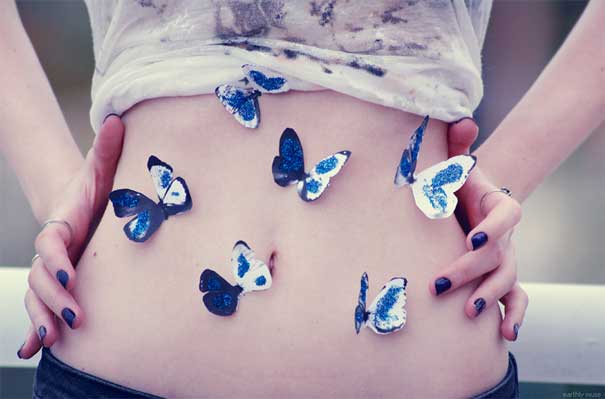
Characteristics of the agni states
Agni Details
1. Agni or the digestive and metabolism powers are not fully developed in a child.
2. As one advances in age, one gains more Agni power. As a result, a mature person enjoys better metabolism and digestion. This, in turn, helps in physical growth.
3. Between 40-60 years of age, Agni remains stable.
4. After 60 years of age, the power of Agni decreases.
The Rejuvenation Therapy
After sexagenarian stage, the body tissues have to labour more than before to make Agni provide them the required nutrition. The tissues reduce in size, number, and quality. As a consequence thereof, the ageing process commences.
However, the apparently inevitable aging process can be effectively arrested through the rejuvenation therapy. This time-tested Ayurvedic method can be combined with regular practice of the Yogic postures to prevent old age and the ailments associated with this physical stage.
The aging process begins as the tissues and especially the enzymes fail to function as they should or to their optimum capacity. If this malfunctioning is not rectified, the body starts becoming weak. Then many diseases attack. Finally, death approaches earlier than it should.
The Rejuvenation therapy rejuvenates and revitalizes the enzymes. Thus, the therapy ensures that the vitally important enzymes maintain their good health and keep on functioning to their maximum capacity. The weak enzymes are strengthened.
Ayurveda Cures Diseses by Stimulating The Agnis (Enzymes)
Diseases are caused when there are obstructions in the circulation channels. The obstructions are to be blamed on the accumulated waste products which weaken the enzymes. Ayurveda controls and even cures diseases by stimulating these enzymes (Agnis). As a result, the natural purging processes of our body are reactivated, the circulation channels are opened up and the accumulated waste and toxic products are eliminated from the body naturally and fast.
Ayurveda has several effective therapies that stimulate the elimination processes. These therapies clean the circulation channels and remove the accumulated waste products. This, in turn, ensures the smooth functioning of the Agnis.
Conversion Food into tissue elements & stimulated Agnis
The Agnis (enzymes) convert the food we consume into various tissue elements. These tissue elements get converted within specific frames. When the Agnis fail to function properly, they can be stimulated with the help of Ayurvedic medications.
Ayurvedic aphrodisiacs (sex stimulants) boost the production of sperm and ovum from the consumed food items.
Agni Types
There are 13 different subtypes of Agnis within its four major forms. These are: Five subtypes within Bhutagnis; Seven subtypes within Dhatvagnis; and one subtype within Jatharagni.
Bhutagnis transform the extraneous Mahabhutas homologous.
Dhatvagnis are the enzymes located within the tissues. The Dhatvagnis transform and assimilate the nutrients into substances that are required by the tissues. Dhatvagnis follows the Bhutagnipaka stage.
Jatharagni points to the gastro-intestinal digestive process.
Kashtha
Kashtha encompasses the entire functioning of the gastro-intestinal digestive process. It aids the separation of nutrients (Sarabhaga) from the consumed food (ahara). The nutrients are separated from the original indigestible residues (Kittabhaga) of those food items.
What is more, Kashtha carries out the complex metabolic procedures which include maintenance of metabolism and synthesis of energy as well as the chemo-synthetic and the photo-synthetic processes.
Pachaka Pitta
In Ayurveda, Pachaka Pitta is directly involved in the digestion of the consumed food items. Simultaneously, Pachaka Pitta not only supports but also boosts the functioning of four other pittas viz., Bhrajaka; Alochaka; Sadhaka; and Ranjaka. They are located in different portions of the body and perform typically varied but biologically important functions.
There are four other names of Pachaka Pitta. They are: Dehangi, Pachakagni, Antaragni, Koshthagni, and Jatharagni.
Pachaka Pitta also contributes its qualities to the seven Dhatbhagnis, and thereby supports and boosts the function of the Dhatbhagnis.
Pachaka Pitta is located between Amashaya and Pakvashaya.

Leave a Reply